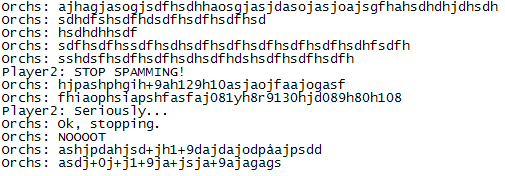2D Physics Engine Tutorial – Part 3

In part 2 we had a look at the collision detection part of physics engines. In this post we take a look at the collision response part and see what kind of mechanisms it involves. Movement Physics engines have the ability to move objects around both in linear and angular motion. It is done using linear and angular velocity (with speed and acceleration ), force and integrators . Velocity Velocity is a vector that describes the rate of change in position; the magnitude of the vector is the speed and the direction of the vector is the direction in which the speed is applied. Velocity definition v is the velocity vector, Δx is the displacement and Δt is the change in time. Force Force exist in many ways, but generally it is the agent that cause a body to change in motion or make a mass change its velocity. Force has both magnitude and direction and thus it can be expressed as a vector. Newton’s second law F is the force vector, m is the

